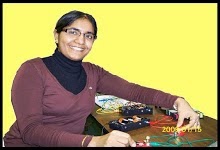SPS1: Discussed the structure of the atom and the locations of the subatomic particles.
Atomic Mass and Mass Number
Relationship of the proton Number to the electron's Identity
# of protons # of electrons (In a neutral atom)
# of protons= atomic number
Mass Number=Protons+Neutrons
# of netrons=mass number -atomic number
Homework: Study class notes and previous tests at home.
Reminder: Class test is on Friday(01/08/10)

